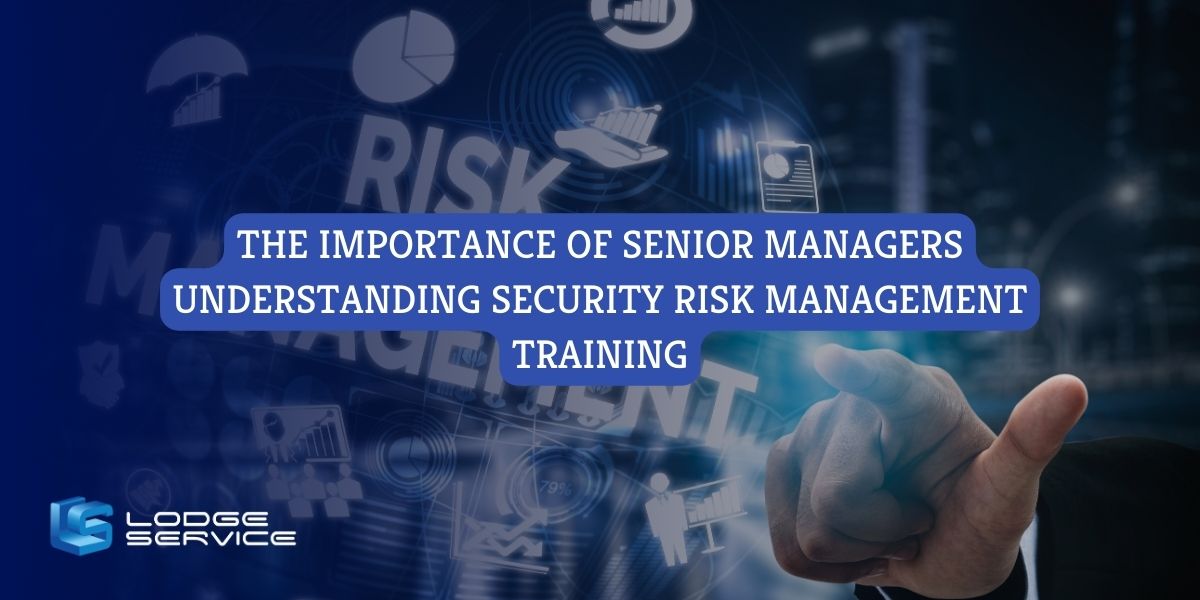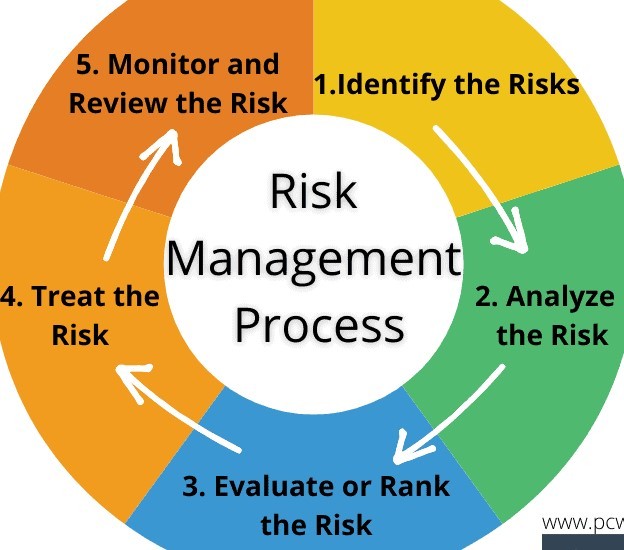The Tactical Importance of Risk Management in Building Market Advantage
The Tactical Importance of Risk Management in Building Market Advantage
Blog Article
Discovering the Significance of Risk Management for Effective Decision-Making Methods
In the detailed world of business, Risk Management becomes a critical aspect in the decision-making process. The capability to determine possible threats and possibilities, and strategize accordingly, can mean the distinction in between success and failure. With devices such as SWOT and PESTEL, organizations are furnished to make informed selections, cultivating resilience and versatility in an ever-changing atmosphere. Wondering how this works? Let's unbox the dynamics additionally.
Comprehending the Concept of Risk Management
Risk Management, a critical part in decision-making, is usually misunderstood or oversimplified. Typically, it describes the identification, analysis, and prioritization of threats to minimize, check, and regulate the likelihood or impact of unfortunate events. It's not simply concerning preventing adverse outcomes, yet likewise regarding recognizing potential opportunities. Risk Management involves regimented and organized approaches, making use of data and informative evaluations. It requires a thorough understanding of the organization's context, purposes, and the prospective risks that could obstruct them. From economic unpredictabilities, legal liabilities, tactical Management errors, to mishaps and all-natural disasters, it attends to different risks. Notably, efficient Risk Management is not stagnant; it's a constant, forward-looking procedure that advances with transforming scenarios.
The Duty of Risk Management in Decision-Making Processes
In the world of tactical planning and business procedures, Risk Management plays an indispensable function in decision-making processes. It helps in identifying possible threats and unpredictabilities that could influence the success of organization purposes. By tracing these threats, firms can formulate techniques to minimize their effect, making certain company continuity and stability. Risk Management thus becomes an essential device in decision-making, aiding leaders to make informed options based upon a thorough understanding of the risks included. It motivates a proactive approach, enabling organizations to prepare for and prepare for possible future situations. This significantly decreases the possibility of unfavorable effects, promoting extra efficient and effective decision-making techniques. Consequently, Risk Management works as a crucial part in the decision-making procedures of any type of company.

How Risk Management Enhances Strategic Planning
In the context of calculated planning, Risk Management plays a critical function. Initiating with the identification of prospective risks, it better includes the application of Risk mitigation actions. The duty of Risk Management is not static however vibrant, as it requires constant monitoring and adjusting of strategies.
Recognizing Potential Risks

Executing Risk Reduction
Risk mitigation techniques can vary from Risk avoidance, Risk transfer, to risk decrease. Each technique ought to be tailored to the specific Risk, considering its prospective influence and the company's Risk resistance. Efficient Risk mitigation needs a deep understanding of the Risk landscape and the prospective impact of each Risk.
Surveillance and Readjusting Methods
Though Risk mitigation is a crucial action in critical preparation, continuous monitoring and modification of these methods is just as crucial. This continuous procedure permits companies to identify brand-new risks and reassess existing ones, guaranteeing the implemented approaches continue to be effective in the ever-changing company setting. It also gives a chance to examine the success of the Risk Management measures, enabling adjustments to be made where essential, additional improving calculated planning. Effective tracking and modification require using analytics and crucial efficiency indicators (KPIs) to measure efficiency. These devices offer important data-driven insights that can notify calculated decision-making. Monitoring and changing Risk Management methods is a crucial element for enhancing a company's resilience and strategic preparation.
Situation Studies: Effective Risk Management and Decision-Making
On the planet of organization and finance, effective Risk Management and decision-making usually work as the pillars of prosperous enterprises. One such entity is an international oil firm that alleviated economic loss by hedging versus varying oil costs. In an additional instance, a technology start-up flourished by identifying and approving risky, high-reward methods in a volatile market. A worldwide financial institution, confronted with regulatory unpredictabilities, effectively browsed the scenario via proactive Risk assessment and dynamic decision-making. These situations highlight the value of sharp Risk Management in decision-making visit this site processes. It is not the absence of Risk, however the Management of it, that usually why not check here sets apart effective companies from unsuccessful ones. These situations highlight the important duty of Risk Management in strategic decision-making. importance of risk management.
Devices and Methods for Reliable Risk Management
Navigating the elaborate labyrinth of Risk Management calls for the right set of strategies and tools. These devices, such as Risk registers and heat maps, aid in recognizing and examining possible dangers. Strategies consist of both measurable methods, like sensitivity analysis, and qualitative approaches, such as SWOT evaluation. These aid in prioritizing threats based on their possible impact and possibility. Risk feedback approaches, a crucial part of Risk Management, include accepting, preventing, moving, or mitigating risks. Surveillance and regulating dangers, with regular audits and evaluations, guarantee that the techniques continue to be reliable. With these methods and devices, decision-makers can navigate the complicated landscape of Risk Management, thus helping with educated and efficient decision-making.
Future Trends in Risk Management and Decision-Making Techniques
As we discover the huge landscape of Risk Management, it becomes obvious that the strategies and devices utilized today will proceed to evolve. The principle of Risk society, where every participant of a company is conscious and entailed in Risk Management, will obtain a lot more prominence. These trends advertise a more inclusive and aggressive approach in the direction of Risk Management and decision-making.
Verdict

Risk Management therefore comes to be an essential tool in decision-making, assisting look at this now leaders to make enlightened options based on a comprehensive understanding of the risks involved. Risk reduction techniques can vary from Risk avoidance, Risk transfer, to run the risk of decrease (importance of risk management). Reliable Risk reduction calls for a deep understanding of the Risk landscape and the prospective impact of each Risk. Risk feedback techniques, a vital component of Risk Management, entail accepting, preventing, transferring, or mitigating risks. The idea of Risk culture, where every participant of a company is conscious and entailed in Risk Management, will acquire much more prominence
Report this page